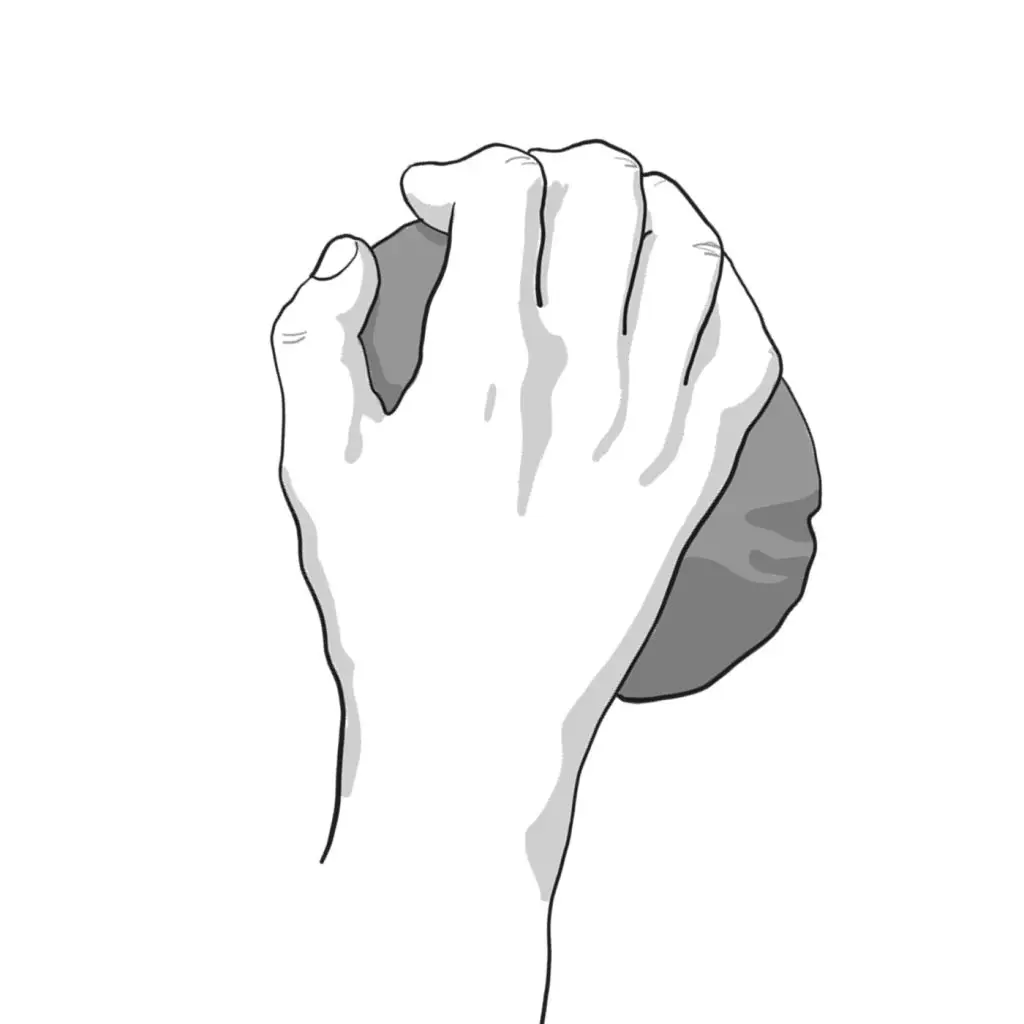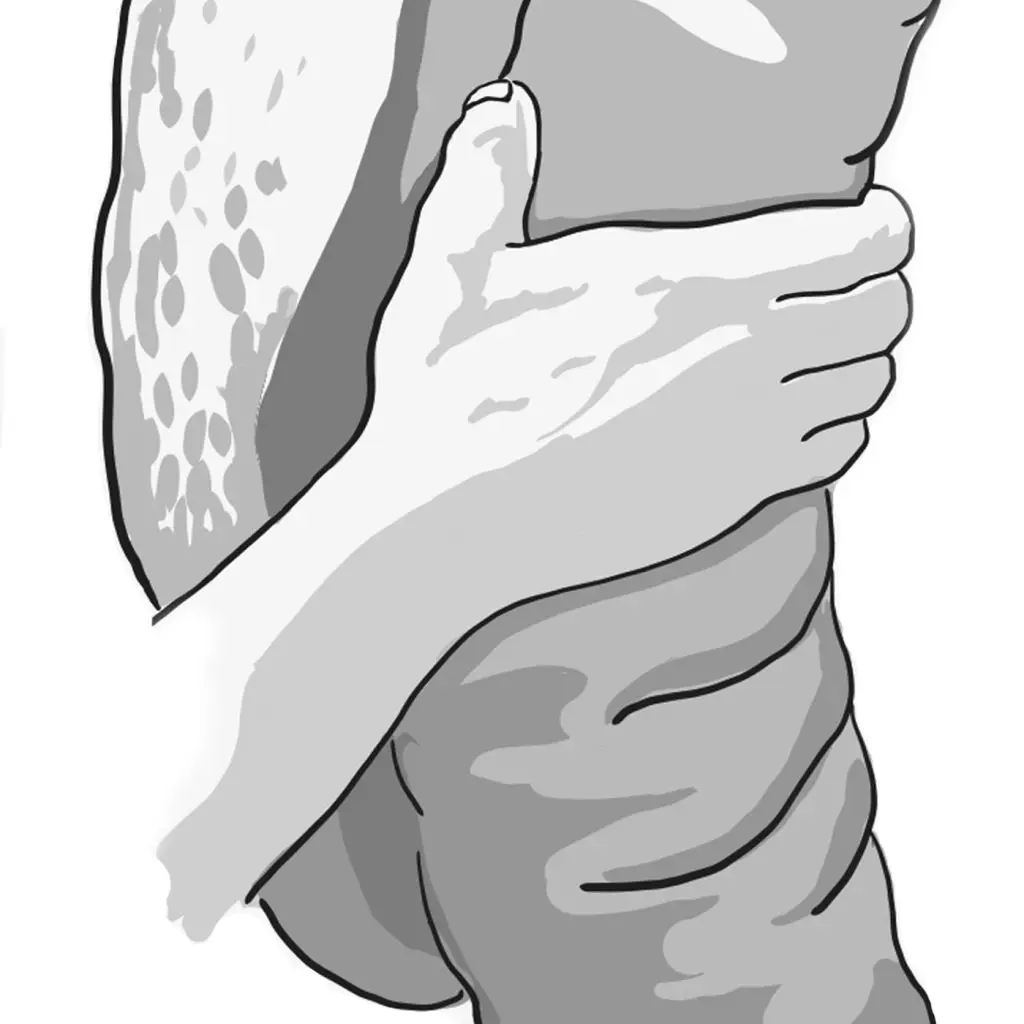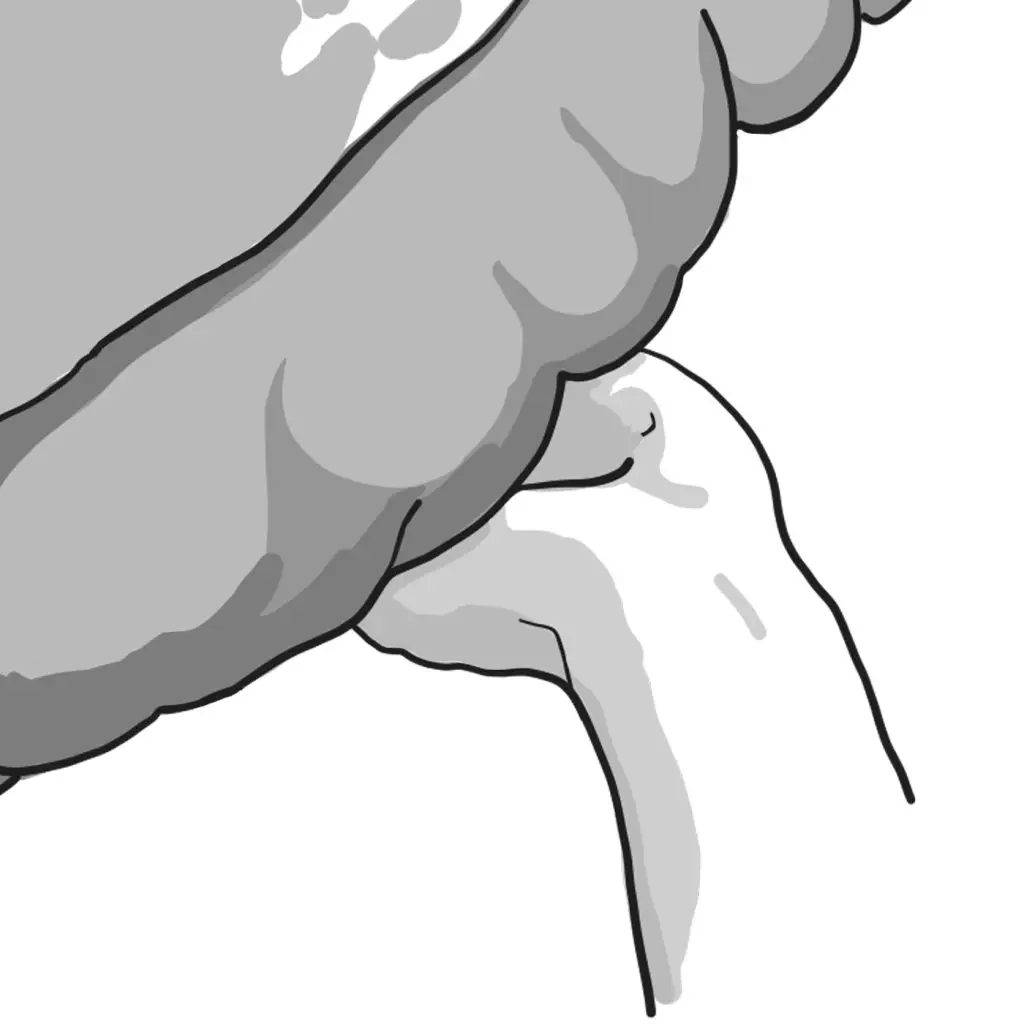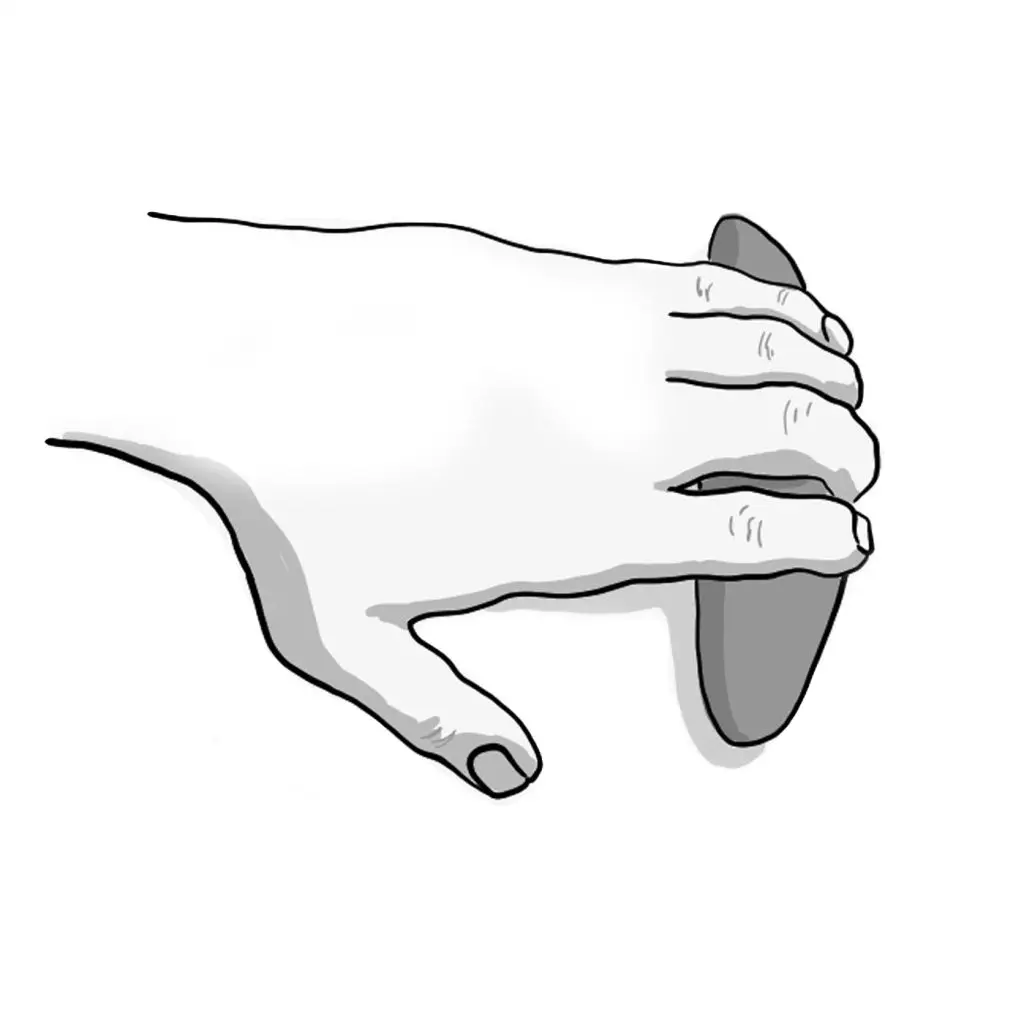Basic Isn't so Bad.
Our previous article gave us a clearer idea of what straight-arming is and how it works. Let’s move on to explaining what climbers do best: holding on to holds. We’ll break it down for you so you will understand how climbers grip holds and what types of holds you will encounter as a climber.
As routes get more difficult, conserving strength and energy becomes a critical skill. More to the point, over-gripping, not simply from keeping arms bent, but also from actually holding on more tightly than absolutely necessary, becomes a huge energy drain.
This frequently results in preventable falls. The first step to reducing the risk of this form of over-gripping is to ensure that we are grabbing holds in the best way possible.
The Angle of Attack
At a basic level, the most important aspect of hold use is the angle of attack. To understand this fancy piece of jargon, it will help to understand a bit about a climber’s best friend: friction.
3 Functions of Friction for Climbers
As every climber knows, friction is why we stick to anything. The stickier a hold, the less work it is to hold onto it. Friction is a function of three things:
1) The stickiness of the hold (related to a physical property called the coefficient of friction).
2) The amount of force you put on the hold (from your weight or your muscles).
3) And the angle at which you hold it.
How to Control Friction
We have little control over the first of these. We can use chalk to keep our hands dry, or we can brush holds, but that’s about it.
Climbers do have some control over the force they put on the hold. However, this comes at a price. If we get heavier or pull down harder, we can increase the friction, but we will also be sacrificing our own energy reserves in the process.
So, to increase our efficiency, we must concentrate on the angle of attack, which when approached properly can increase the friction between our hands and the hold, without using additional energy (or chemical adhesives).
Luckily, this is a fairly simple thing to do. Every handhold has a major axis. The greatest degree of friction is found when we pull at right angles to that axis.
Ok, maybe that doesn’t sound so simple. Luckily, it is much easier with a few pictures. For the moment, we will concentrate on the basics of the four hold orientations.
Edge
The most basic hold orientation is the edge or horizontal edge. In its simplest orientation, it is parallel to the ground, making the angle of attack pulling straight down.

Sidepull
Sidepulls are the next most common orientation, especially on easier climbs. The defining characteristic for these holds is that, when gripped, place the thumb on the uphill side, pointing toward the sky.

Undercling
Underclings are a deceptively simple hold orientation. A basic undercling is essentially the opposite of a horizontal edge, with the angle of attack being straight up. However, in practice, underclings are often quite strenuous and tricky holds to use and will be covered in more depth in later sections.

Gaston
Gastons are the opposite of sidepulls, defined by the thumb pointing down when gripped. Like underclings, in practice, gastons are often strenuous and tricky to use correctly but are nonetheless quite common. And just to clarify, we’re not talking about Disney’s Gaston. Although, he’s probably an excellent climber.

What to Know About Climbing: Basic Hold Use
There are of course grey areas of transition between all of these different orientations, but, for now, the skill to master is to recognize the basic hold orientations and aim to pull at right angles to that major axis. Combined with straight arming, this approach will ensure that you get the maximum degree of stickiness on every hold!
All material is reprinted with the permission of the author. Copyright 2022 David H. Rowland. All rights reserved.




